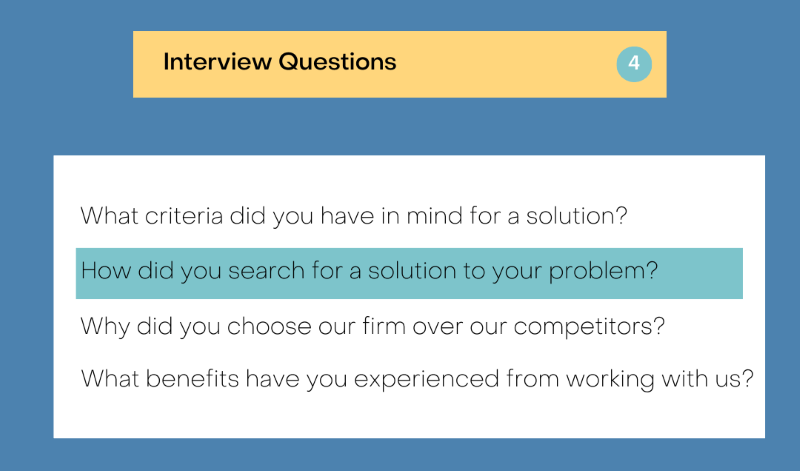
With the rise of inbound marketing and the growing popularity of curating content, the number of content curation tools to help you find and share content has exploded. Use the following list of the best content curation tools for entrepreneurs and small businesses to jumpstart your efforts as a curator.
*Please note: we haven’t been able to test every content discovery and curation platform out there, but all resources listed in this post are popular and have great recommendations.




